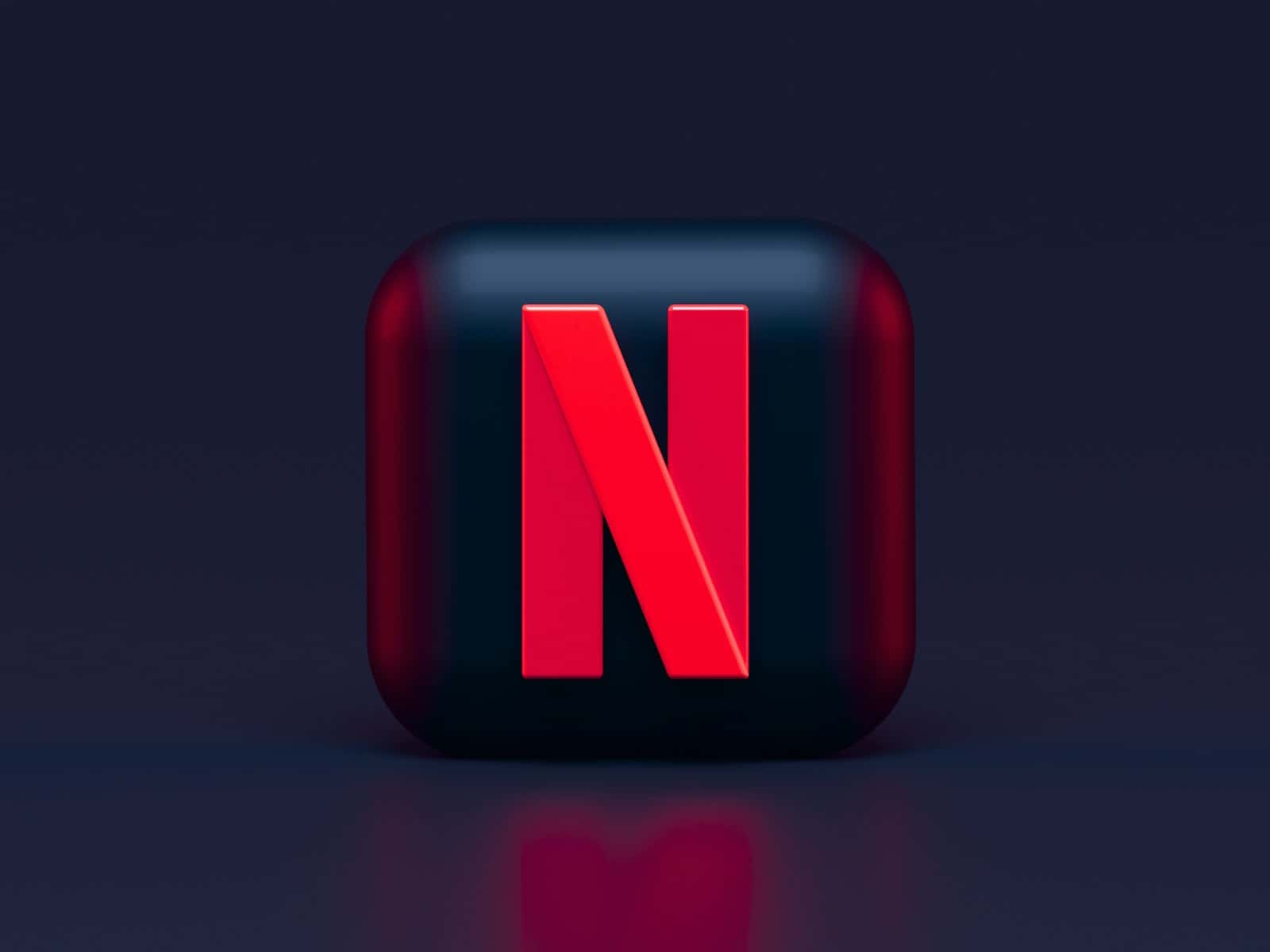Netflix has announced another price hike, prompting customer dissatisfaction as many question the value of their subscriptions. Despite record subscriber growth of 18.9 million in the last quarter of 2024 and heavy investment in content, ongoing price increases clash with consumer sentiment.
The latest adjustments affect all subscription tiers, leading to concerns about the platform’s value amid increasing competition. The discussion around whether “Netflix is worth it” continues as the company navigates customer concerns and market dynamics.
Understanding Netflix’s Price Adjustments
What’s Changing with Netflix Pricing?
Netflix has increased prices for its streaming plans in the United States, Canada, Portugal, and Argentina. This change follows a similar adjustment in October 2023. These changes are taking place as Netflix has announced strong financial results. The company added 18.9 million subscribers in the last quarter of 2024. This exceeded expectations. Revenue and earnings also beat estimates. Netflix says the price increases will help them keep making new shows and movies.
Pricing (US Dollar)
- Standard with ads: $7.99 / month
- Standard: $17.99 / month
- Add 1 extra member for $6.99 / month with ads or $8.99 / month without ads
- Premium: $24.99 / month
- Add up to 2 extra members for $6.99 each / month with ads or $8.99 each / month without ads
How Much More Will You Pay?
Here’s a breakdown of the new monthly prices:
| Plan | Previous Price (USD) | New Price (USD) | Change (USD) |
|---|---|---|---|
| Ad-Supported | $6.99 | $7.99 | +$1.00 |
| Standard (without ads) | $15.49 | $17.99 | +$2.50 |
| Premium | $22.99 | $24.99 | +$2.00 |
As you can see, all tiers have seen a price increase. The Standard plan (without ads) has the largest increase at $2.50 per month. The ad-supported plan has the smallest increase at $1.00 per month.
Why is Netflix Raising Prices Again?
Netflix says they need more money to keep making new shows and movies. They want to offer more value to their subscribers. This investment in content is a key part of their strategy to compete with other streaming services. This also comes at the same time they have cracked down on password sharing which has resulted in more subscribers.
What About T-Mobile Customers?
Some T-Mobile customers get Netflix as part of their phone plan. T-Mobile may not cover the full cost of the price increase for those who have the ad-free tier. This means some T-Mobile customers might need to pay more each month if they want to keep their current Netflix plan. It is advised to contact T-Mobile to inquire about the impact of the price changes on your account.
What are Some Alternatives to Netflix?
If the price increase makes you want to explore other options, here are some alternatives:
- Hulu: Offers a variety of TV shows and movies, with some plans including live TV.
- Amazon Prime Video: Included with an Amazon Prime membership, offering a selection of movies and TV shows.
- Disney+: Features content from Disney, Pixar, Marvel, Star Wars, and National Geographic.
- Max (formerly HBO Max): Provides access to HBO’s library plus other Warner Bros. content.
Each of these services has different pricing and content libraries. It is a good idea to research each service to see which one best fits your needs and budget.
Understanding Streaming Bundles and Deals
Many telecom companies offer bundles that include streaming services. These bundles can sometimes offer savings compared to subscribing to each service separately. For instance, some wireless providers may offer deals on Netflix, Disney+, or other streaming platforms. It’s a good idea to check with your current providers to see if there are any available options that could save you money. This could be a good way to get access to multiple streaming services for a lower combined cost.
Another option is to rotate between streaming services. You could subscribe to one service for a few months, watch the shows you want, then switch to another service. This can help you save money by not paying for multiple services at the same time. This strategy also allows you to enjoy a wide range of content without a high monthly cost.
Short Summary:
- Netflix’s latest price increase affects all subscription tiers, with costs rising for both ad-supported and ad-free plans.
- The ad-supported tier will now cost $7.99, while the ad-free Premium plan jumps to $24.99 per month.
- Despite customer backlash, Netflix’s subscriber base continues to grow, with a record addition of nearly 19 million members.
On Tuesday, Netflix confirmed its intention to raise subscription prices once again, sparking fierce backlash from its loyal customer base. In a recent shareholder letter, the streaming giant stated,
“As we continue to invest in programming and deliver more value for our members, we will occasionally ask our members to pay a little more so that we can re-invest to further improve Netflix.”
However, this reasoning is not resonating well with long-time users, many of whom have expressed their frustrations on social media.
The latest changes to Netflix’s pricing structure will take effect during the next billing cycle for current subscribers. The ad-supported plan is seeing a $1 increase from $6.99 to $7.99 per month, while the Standard plan now costs $17.99, up from $15.49. The Premium plan, which offers 4K content, will see the largest jump—from $22.99 to an eye-watering $24.99 per month. Customers have taken to platforms like X to voice their anger, with one user stating,
“Netflix has lost the plot. $25 a month is embarrassing.”
While Netflix anticipates this price increase will benefit their investments in new content, loyal viewers are questioning if the service still delivers the quality they once enjoyed.
Despite customer dissatisfaction, Netflix continues to thrive financially, having added almost 19 million subscribers in its most recent fiscal quarter. This surge has propelled the total member count to approximately 300 million globally. The company credits much of this growth to the immense popularity of high-profile programming, such as the boxing match between Jake Paul versus Mike Tyson and the second season of the hit series, Squid Game. It’s noteworthy that the price adjustments are being implemented even as Netflix celebrates its growth.
Current Netflix Plans
With the recent adjustments, here’s a look at Netflix’s subscription offerings:
- Standard with Ads: Now $7.99 monthly, offers 1080p streaming with ads. Supports 2 devices simultaneously.
- Standard Plan: Now $17.99 monthly, ad-free service with 1080p streaming capabilities, also supporting 2 devices.
- Premium Plan: Now $24.99 monthly, ad-free with 4K HDR streaming, supporting up to 4 devices at the same time.
Market leaders like Amazon Prime Video and Disney+ offer competitive pricing for similar content, with Prime Video costing $8.99 and Disney+ starting at $9.99 per month. Amidst this landscape, subscribers wonder if Netflix’s price increases are justified, especially with its delivery of content that many feel doesn’t always meet expectations.
The announcement comes alongside an introduction of a new membership model dubbed the Extra Member with Ads plan. This allows individuals on the ad-supported tier to include additional users outside their households, although the costs for this new feature remain unclear.
Voices of Discontent
Many customers feel alienated by Netflix’s recent price hikes. Jeanne F., a mother from Pierrefonds-Roxboro, shared her frustration, saying,
“Netflix was our affordable escape at the end of long days… but this price hike feels like one more squeeze on our budget.”
As families navigate rising costs in food, rent, and other living expenses, the additional burden of increased entertainment fees is weighing heavy on their wallets.
Critics of the price hike argue that Netflix is simply trying to pivot all users from higher-tier plans to the ad-supported version, where they might yield higher revenue overall. Observers note that as Netflix raises prices for ad-free plans, it allows more subscribers to “feel the pain,” potentially nudging them toward cheaper, ad-supported options. A sentiment commonly echoed online reads,
“If they’re losing subscribers because of price hikes, why keep doing it?”
The Future of Streaming
Analysts are keeping a close eye on how competitive forces will respond. With Netflix’s massive investment in content projected at up to $18 billion for 2025, the platform aims to bolster its library with diverse shows, movies, and live events. However, as the streaming market becomes increasingly saturated, retaining subscribers will hinge on whether Netflix can resell itself to its audience as a platform that provides value for their expenses.
As the company sees growth and expansion into alternative formats like gaming and sports, questions remain about the direction its core streaming service is headed. Can it sustain profitability while simultaneously satisfying its user base? Current sentiments reveal that many feel reducing subscription costs, rather than raising them, might be a more prudent path forward.
Furthermore, feedback from subscribers indicates a general fatigue with the ever-increasing costs of entertainment services. After experiencing multiple significant price hikes in quick succession, many are opting to explore alternatives. It’s a reality that echoes across reviews, with some users outright stating,
“If they raise the price again, I am done.”
Subscription models offering more affordability and quality are becoming genuinely appealing.







